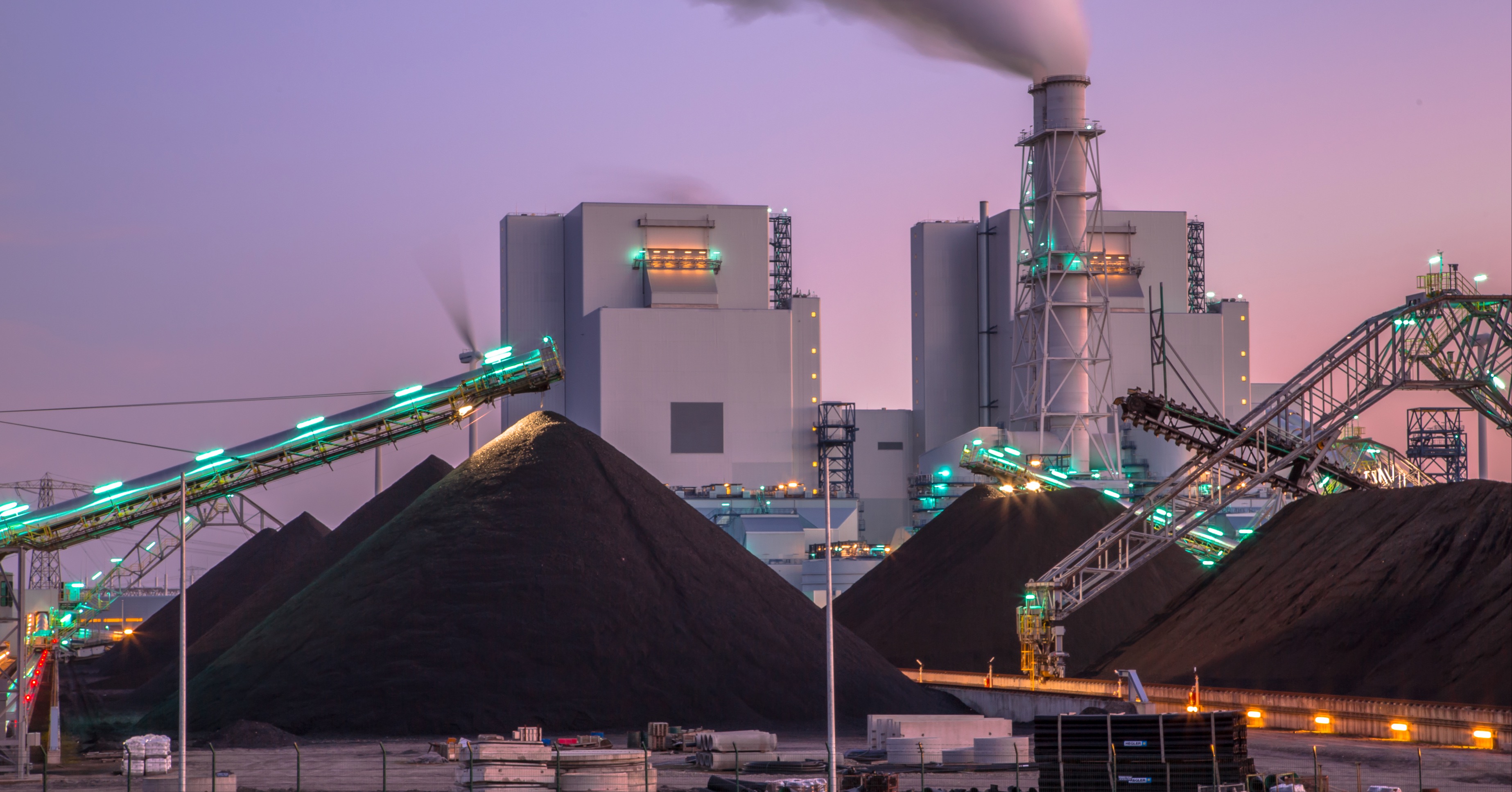We also protect conveyor belts in coal-fired plants. A series of conveyor belts are used across the yard used to deliver coal to the plant from the bunkers. Every conveyor belt is riding on drums turning on a series of bearings. As the bearings age, they can seize creating high heat and, ultimately, a belt fire. These fires can get out of control quickly when they come in contact with the extremely flammable coal dust plentiful at coal-powered turbine sites.
We protect these areas with a specialized detection, notification, and suppression methodology unique to these applications because they can be extremely harsh environments. The detection we put in place must be robust – able to handle the large amount of coal dust created at the site as well as the large temperature swings and harsh outdoor elements. The team at ORR has the expertise to install the right system and enclose the controls to ensure they last as long as the rest of the plant. It is this type of application knowledge that makes the difference when you choose to work with ORR Protection.


